Solutions for catastrophic implant failures are now at hand
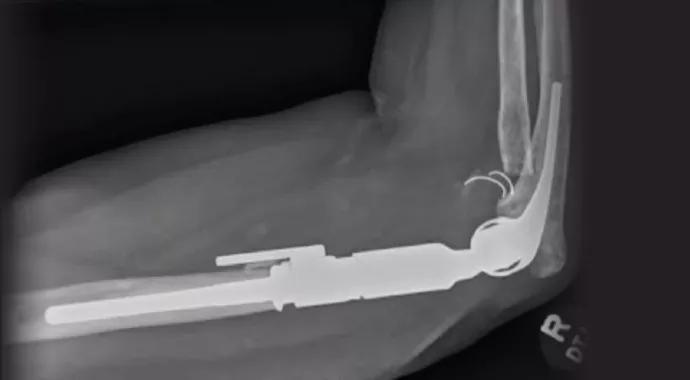
By Xavier Simcock, MD, and Peter J. Evans, MD, PhD
Cleveland Clinic is a non-profit academic medical center. Advertising on our site helps support our mission. We do not endorse non-Cleveland Clinic products or services. Policy
Recent success with elbow reconstruction following acute fracture in osteoporotic bone has led to a significant increase in rates of total elbow arthroplasty (TEA) — and subsequently in revision arthroplasty.
While options for patients with failed TEA had long been limited, solutions for catastrophic implant failures are now more readily available with the recent development of the Comprehensive® Segmental Revision System (SRS) from Biomet.
Nearly 600,000 upper extremity fractures occur in the U.S. every year.1 Although functional expectation after fracture care was previously limited by the patient’s healing potential, widespread popularization of acute fracture care with immediate arthroplasty has made an expectation of full functional recovery the norm for geriatric trauma patients.2
Overall patient satisfaction has also increased because fracture stabilization with arthroplasty allows immediate mobilization.3
Unfortunately, aseptic loosening remains a common problem in elective elbow arthroplasty, with reports ranging from 15 to 49 percent over long-term follow-up.4,5
Furthermore, the challenges of fracture fixation in an older population apply as well to patients undergoing arthroplasty for trauma. These patients have brittle osteoporotic bone, and an arthroplasty that fails often does so in a catastrophic manner, with significant bone loss.
The elbow provides significant anatomic challenges to the surgeon, which makes revision surgery even more difficult. There is limited bone available in the native elbow, let alone after prior fracture surgery or osteolysis for hardware failure. Thus, in the setting of revision surgery, the elbow is not forgiving to slight biomechanical or soft tissue misalignment.
Elbow arthroplasty systems previously had limited sizes and modularity available for implantation. In most cases, creating a successful revision joint required re-establishing the elbow bone stock with bone augmentation. Cancellous and cortical allografts were used, but these grafts (in addition to being costly) pose the same difficulties with osteosynthesis that are encountered with all fracture care in the geriatric population.
In contrast, the Biomet SRS allows for extensive modular options to recreate humeral bone stock to support a stable elbow joint. It also was designed to maintain rotational stability in the humerus with the distal flange to limit micromotion and additional aseptic loosening.
The SRS has only recently been released, and while we continue to collect data on patients in whom we’ve used this system at Cleveland Clinic, our early results are encouraging, as illustrated in the case study below.
With the increasing use of TEA for arthritis and to treat trauma, the SRS will take on an expanded role in challenging revision cases.
A 63-year-old woman presented to Cleveland Clinic with pain and loss of function of the elbow in her dominant arm. Five years earlier, she had sustained a closed distal humerus fracture that was treated with plate fixation and off-label use of the Sorbie prosthesis (Wright Medical Technology) for hemiarthroplasty. She returned to work in a law office but had increasing pain in the affected elbow over time.
At the time of presentation, her radiographs demonstrated clear loosening of the prosthesis (Figure 1).
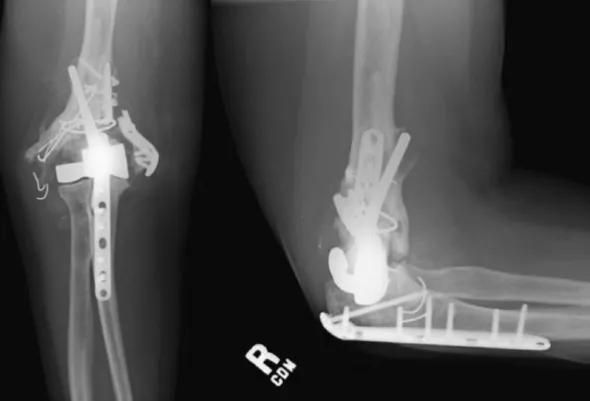
Figure 1. Radiographs prior to revision TEA. Note the loosening of the prosthesis.
She had a negative preoperative workup for infection and elected to proceed with revision TEA. Intraoperative photographs (Figure 2) showed the amount of bone resection necessary.

Figure 2. Intraoperative photo from the revision TEA showing the degree of bone resection required.
She is now three months out from her operation and nearly back to full range of motion (Figure 3).

Figure 3. Radiographs three months after the revision TEA.
References
Dr. Simcock is an upper extremity fellow in Cleveland Clinic’s Department of Orthopaedic Surgery.
Dr. Evans is Director of the Upper Extremity Center in the Department of Orthopaedic Surgery. He is a co-designer of the Segmental Revision System (SRS) described above.
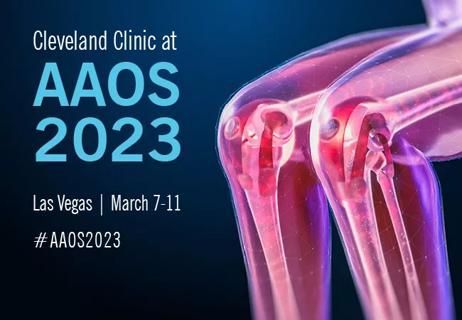
See you in Las Vegas, March 7-11
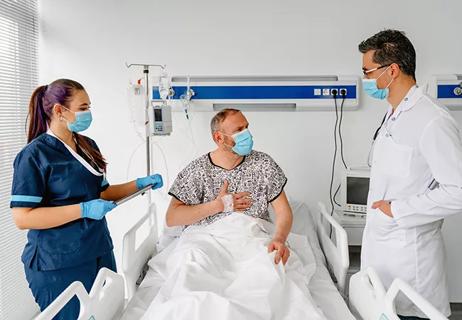
Cross-team efforts improve plan-of-care visits, update readmission strategies and increase compliance with Universal Protocol
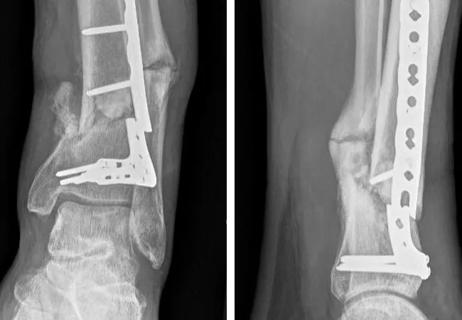
Approaching distal tibial nonunions
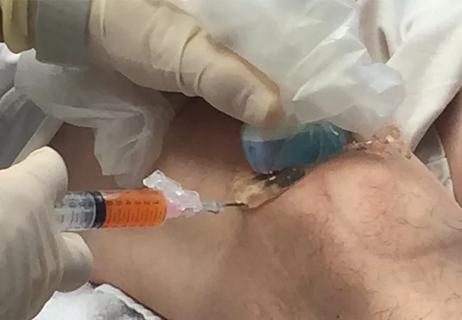
Progress has been made, but there is still no categorical evidence of efficacy

Novel approach combines magnetic hyperthermia, amino acid gel to disrupt bacterial biofilm

Organizing and overseeing joint preservation efforts
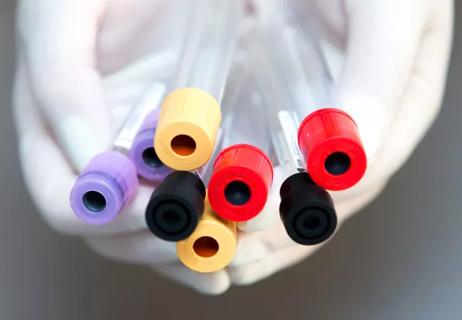
Understanding applications, tracking outcomes and creating standards for use
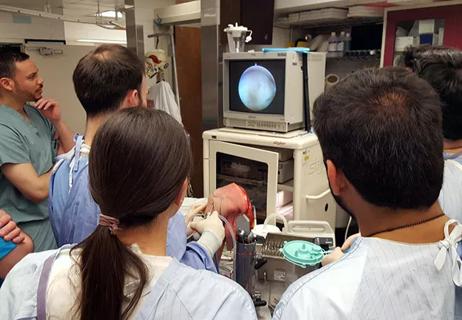
High-tech educational program scores well